A Conversation with Nicolas Vionnet
In the work of Swiss artist Nicolas Vionnet, the familiar is never quite what it seems. A walking stick becomes a wheeled vehicle of absurd mobility; a sea container becomes an idyllic garden; a floor lamp merges with a walking frame; a floral canvas protests its own classification as painting; an exhaust box becomes a sound speaker. These quiet yet charged gestures—often humorous, always precise—characterize a practice that walks a fine line between function and failure, curiosity and critique. Based in Zurich and working across painting, sculpture, installation, and public intervention, Vionnet constructs visual and in situ proposals that ask us to pause, reconsider, and look again.
There is an intentional subtlety at play in his practice, one that resists immediacy in favor of slow unfolding. Rather than commanding attention, his works insert themselves into spaces—indoor, outdoor, institutional, or improvised—with the kind of soft defiance that often goes unnoticed until it gently irritates. For Vionnet, this moment of irritation is crucial: it destabilizes assumptions, encourages interpretation, and ultimately acts as an invitation rather than a demand. This is not spectacle, but speculation. His materials are often drawn from everyday life—pre-existing objects, functional forms, industrial fabrics, the stuff of design and utility. Through precise alterations and unexpected pairings, these elements are made strange, rendered inoperative, or turned against themselves. What results is a kind of visual mischief: a bending of logic that remains grounded in restraint. The work is never gratuitous; instead, it is distilled and deliberate, drawing out contradictions without resolve.
The environments his pieces inhabit—whether a gallery or a city park—are not passive backdrops, but active co-conspirators. Vionnet speaks of a “non-hierarchical dialogue” between work and setting, a mutual visibility in which neither dominates the other. In this balance, the viewer’s perception is central: irritation, amusement, confusion, or indifference are not byproducts but materials in their own right. The artwork exists not only in what is presented, but in how it is received. With a background in Bauhaus-rooted education and a career that has spanned numerous international exhibitions and biennials, Vionnet continues to ask difficult and poetic questions about what art is, how it behaves, and where it belongs. His practice challenges the notion that provocation must be loud, suggesting instead that the most radical gestures may also be the quietest.

Discover the monographic publication Silent Dialogues — Interventions in Public Space here.
Julien Delagrange: Your work is often described as operating between integration and irritation. Can you elaborate on what draws you to this specific threshold?
Nicolas Vionnet: At the beginning of my first degree at the Academy of Art and Design in Basel, one of our professors said to us, “For me, the best art is that which moves along the threshold between art and non-art.” As a young student, I struggled to make sense of this statement. And yet, it stayed with me—subtly but persistently—and went on to shape my artistic path in profound ways. Today, I recognize a distinct quality in the understated, subtle, and quietly unsettling. It is often the seemingly unspectacular—those phenomena that resist immediate comprehension—that draw us in. They demand our attention, urging us to look more closely and think more deeply.
JD: Your installations often seem to question the conventions of the spaces they inhabit. How do you approach the relationship between artwork and environment?
NV: Especially in public space, it’s important to me to begin with the site itself and to develop my work in direct dialogue with it. The approach is often similar: as a first step, I try to gain a deeper understanding of the place, whether through online research or, when possible, by exploring city archives. Conversations with residents or people who know the site well through their work are often particularly enriching. Questions that arise during this process include: What role does this place play in everyday life? How does the community use it? Does it serve a specific function? Often, I encounter initial aspects during this stage that invite further exploration and offer a starting point for a potential artistic response. One particularly meaningful experience is visiting a site both at day and night. In the stillness of nighttime, when all activity has ceased, the spatial design, dimensions, and proportions reveal themselves in an entirely new way. I can only warmly recommend it.
JD: An important actor throughout your career, especially when it comes to interventions in public space, is Wouter Sibum. Could you please elaborate on your ongoing collaboration?
NV: I met Wouter during my master’s program Public Art and New Artistic Strategies at the Bauhaus University in Weimar. It quickly became clear that we got along very well. There was a noticeable buzz around participatory art at the time, and many of our fellow students were deeply engaged with that field. Wouter and I, however, were both drawn to working with materials. With its exceptionally well-equipped workshops, the Bauhaus offered many opportunities—from computer-generated 3D objects to heavy steel constructions, almost anything was possible. We ended up spending a great deal of time together in the studios.
On top of that, we lived in the same neighborhood, which meant we also spent a lot of time together outside of university. It felt like a natural progression when we began working on collaborative projects, some of which we could eventually present in international exhibitions. After graduation, maintaining the collaboration became more challenging—he now lives in the Netherlands with his family, while I’m based in Switzerland with my family. Thankfully, we’ve managed to stay in close contact over the years and have continued to realize joint projects from time to time.



JD: Do you see your work as the work of an artist duo, who might one day commit even more to their collaborative practice, or of two individual artists?
NV: That’s a good question we’ve often asked ourselves. Let’s put it this way: we’re not opposed to a closer collaboration and genuinely value every opportunity to realize a project together. That said, the geographical distance between us does make an ongoing, continuous partnership more difficult. With that in mind, I imagine we’ll continue to work primarily as individual artists, coming together occasionally to collaborate as a duo.
JD: A recent collaboration with Wouter Sibum consists of the public intervention Nebenbei (2024) during the 9th Swiss Triennial of Sculpture, which presents a striking contrast between the industrial and the idyllic. How did you and Wouter Sibum approach the interplay between the rigid exterior of the sea container and the ephemeral, almost meditative environment within?
NV: The starting point for the project was an event that had received nationwide media attention in the Netherlands: the recovery of a World War II aircraft from the country’s largest inland lake. A surreal scene emerged—a vast expanse encircled by a rusted sheet pile wall in the middle of the water. The lake had been drained, leaving behind a strange, negative space where the excavation work could begin. We were fascinated by the spatial presence of this site. It became the catalyst for our initial conversations about how a similar kind of space might be created on a smaller scale for artistic purposes.
The structural qualities of a standard shipping container reminded us of the sheet pile wall, and so we decided to create an installation using an open-top sea container—a container without a roof. The title Nebenbei (translated loosely as “In Passing” or “Meanwhile”) alludes to the notion of simultaneity—to a place or state that exists parallel to the everyday world, yet often escapes conscious awareness. We created a dreamlike, idyllic garden landscape inside the container with a small pond. While the sounds and smells of the outside world remained clearly perceptible, the container’s interior opened into a kind of parallel reality.



JD: Art in public space is often seen as aggressive because it disrupts the urban landscape, almost forcing people to engage with it—think of Richard Serra’s Tilted Arc (1981). However, in some cases, it seems like you hint at doing the opposite, integrating the intervention subtly in the existing environment, as was the case with another project in collaboration with Sibum titled Tuning In (2021). Could you please describe this project and this approach marked by unobtrusiveness?
NV: Tuning In was presented as part of the exhibition Garage in Missoula, Montana, the United States of America. It was a collaborative exhibition project that intentionally involved the local community in the creative process. Wouter and I developed a temporary work highlighting a unique yet inconspicuous location: a narrow gap between two buildings in downtown Missoula. We invited people to record sounds they personally associate with their city. In this small urban niche, these recordings were played in short sequences, ranging from 20 seconds to one minute.
To discreetly integrate the speaker into the existing visual language of the site, we designed a metal box that mimicked one of the existing ventilation ducts on the site. We aimed to create a work that receded into the background—something only perceptible to attentive passers-by. A city is often hectic and loud; we grow accustomed to the dense layering of diverse sounds. But what happens when unfamiliar tones subtly infiltrate this sonic landscape—sounds that belong to the city, yet not to this specific place? Will passers-by notice this quiet shift?
JD: In a time when spectacle often dominates the art world, you favor reduced and quiet gestures. How do you see the role of restraint in contemporary art today?
NV: Restraint and reduction are attitudes that have resurfaced throughout art history. I’m not thinking solely of American Minimal Art of the 1960s. I’m particularly moved by 17th-century Dutch painting—Vermeer, for instance—who succeeded in creating an atmosphere of quiet concentration and intimate closeness. In contemporary art, restraint can also be understood as a form of resistance—a deliberate choice against the overproduction and rapid consumption of images. Earlier in our conversation, we discussed the threshold between art and non-art. In this context, the gesture of restraint presents a challenge to viewers: it invites them to pause, to look more closely, and opens a quiet, inwardly focused dialogue.




JD: Another recent project consists of Nächster Halt (2023) in which a piece of road with a bus stop in the middle of a park. I would argue that the absurd and the humorous seem to go hand in hand here.
NV: Yes, absolutely. I must admit that this stretch of pavement—the asphalted area within the park—was already there. Even in its original state, I found it oddly amusing and intended to highlight what was already present. Without intervention, many passers-by likely wouldn’t have noticed the asphalt patch. But by adding the bus stop sign—a vertical element rising out of the grass—the area suddenly took on a new meaning, like a three-dimensional fragment of urban infrastructure that had inexplicably landed in the middle of a park. The timetable, incidentally, listed only a handful of night buses, and the accompanying advertisement encouraged visitors to pass the time at a ‘castle café’—a café, of course, that didn’t exist.
JD: Humor plays a recurring role in your practice—sometimes dry, sometimes absurd. How do you view the function of humor within conceptual art?
NV: I’ve always been fascinated by artists with a sense of humor—one of my favorites, unsurprisingly, is the Swiss artist Roman Signer. In my view, humor is a remarkably effective tool for sharpening perception or opening up new avenues of thought. It can make complex, layered ideas more accessible without diminishing their depth or nuance. What I find particularly compelling is when humor arises from a subtle shift in reality, when it renders the familiar strangely unfamiliar. In my work, humor often serves to subvert expectations, to introduce a sense of lightness, but also, quite deliberately, to create moments of disorientation.
JD: I would also argue that your work uses humor with a twist, giving it a darker or more troubling edge.
NV: It’s not necessarily intentional, but it does happen time and again. A piece may initially provoke laughter, only to be followed by a subtle sense of unease. That tension is something I find genuinely interesting.



JD: In Persinette, descendez vos cheveux que je monte (2021), you draw from folklore and regional legend to create a quietly charged image that merges domesticity, isolation, and longing. How does this work reflect your interest in reinterpreting cultural narratives, and in what ways does it invite reflection on broader societal issues?
NV: This work is a good example of how layers of interpretation are often projected onto an artwork retrospectively. In truth, I never intended to retell or reinterpret the well-known fairytale of Rapunzel by the Brothers Grimm. The piece was created as part of an art trail set within a wooded area. What initially drew my attention were the strictly uniform, almost perfectly vertical rows of trees. I aimed to reflect these striking verticals within the work itself.
The decision to use a long braid was, first and foremost, a formal one. This idea was complemented by adding a birdhouse, which integrates organically into the woodland setting and anchors the piece spatially. Naturally, once the core concept had taken shape, I began to explore potential connections to the region—and that’s when I came across the legend of Saint Idda, which was later incorporated into the project. However, that association emerged only after the initial idea had been developed.
JD: Similarly, with The Wailers (2015), you and Wouter Sibum critically discuss the Grindadráp tradition. Can you elaborate on this project?
NV: Sculpture by the Sea is a recurring outdoor exhibition that has taken place in various locations across Australia, most notably in Bondi and Sydney, as well as in Aarhus, Denmark. In both countries, the event has proven immensely popular. Since the exhibition primarily features large-scale, traditional sculptures, Wouter and I deliberately created something small and ephemeral—something that would only be visible for a fleeting moment. A whale spout struck us as the perfect gesture: with its transient, immaterial form, it can certainly be understood as a kind of sculpture, while simultaneously challenging conventional notions of what sculpture is.
We also knew that whales are occasionally spotted along the coast near Aarhus—so, as is often the case in our work, we hoped to unsettle expectations gently. The spouts were programmed to erupt roughly every thirty minutes at irregular intervals. Charmed by the spectacle, visitors eagerly reached for their phones to capture the moment, only to find themselves waiting, sometimes quite a while, for the next plume to appear. While researching the project, we learned about an event called Grindadráp, held annually on the Faroe Islands—a self-governing archipelago under Danish sovereignty. During this traditional hunt, residents pursue and kill various species of whales. While whaling is banned in Denmark, it remains legal on the Faroes.




JD: From this perspective, your work has been shown internationally in biennials and diverse exhibitions across the globe. How do different cultural contexts affect the reading of your work?
NV: That’s a highly complicated question to analyze or answer definitively. Ideally, I would spend an extended period on site with each project, engaging in conversation with visitors and receiving direct feedback. In practice, however, that’s rarely feasible, and when it is, it tends to be within Europe. More often, I rely on insights from curators or gallerists. So far, I haven’t observed any significant cultural differences in how my work is received. Earlier, we spoke about the role of humor in my practice—perhaps I’ve been fortunate that humor functions as a kind of universal language, one that is understood and appreciated in many places, at least to a large extent.
JD: The notion of a “non-hierarchical dialogue” is also central to your practice. Could you explain how this concept shapes your decision-making when creating a new work?
NV: The concept of the “non-hierarchical dialogue” is closely tied to the tension between integration and irritation. In my interventions in public spaces, I always strive to embed the changes I introduce as harmoniously as possible into the existing surroundings, aiming for a seamless fusion. I focus on achieving the ideal balance between the work and its environment—a simultaneous perception of both elements, without overshadowing or dominating the other. When this balance is achieved, the irritation takes on a quality of its own: subtle yet precise, quiet yet palpable. Since I always start from the specific location, making it the point of departure for all decisions, this balance often arises organically.
JD: Many of your works employ everyday objects. What is your process for selecting and working with ready-mades?
NV: A few years ago, I discovered an extraordinary second-hand store in the Appenzell region of Switzerland—a true paradise for collectors and treasure hunters. Unlike many other second-hand shops, where used IKEA furniture typically dominates, I stumbled upon a fascinating collection of rare and distinctive objects. I initially couldn’t categorize many of these items, but they formed a wonderful eclectic assortment of rarities, found objects, and curiosities. At first, I bought intuitively, without much thought, just whatever caught my attention. Often, these were lovingly crafted pieces that convinced me through their material, form, or design.
The real artistic process began in the studio: I experimented, combined, and sought to merge or reconnect the objects in new ways. Even in these works, my fundamental strategy is evident: integration and irritation. I strive for the objects to appear coherent and natural at first glance—only upon closer inspection do they reveal the unusual, the unexpected, the subtle irritation. During an exhibition, a visitor told me, “Some of these pieces look as if they were made exactly that way—as if you could buy them directly in a store!” That made me smile, for it was a sign that my intention had been understood.
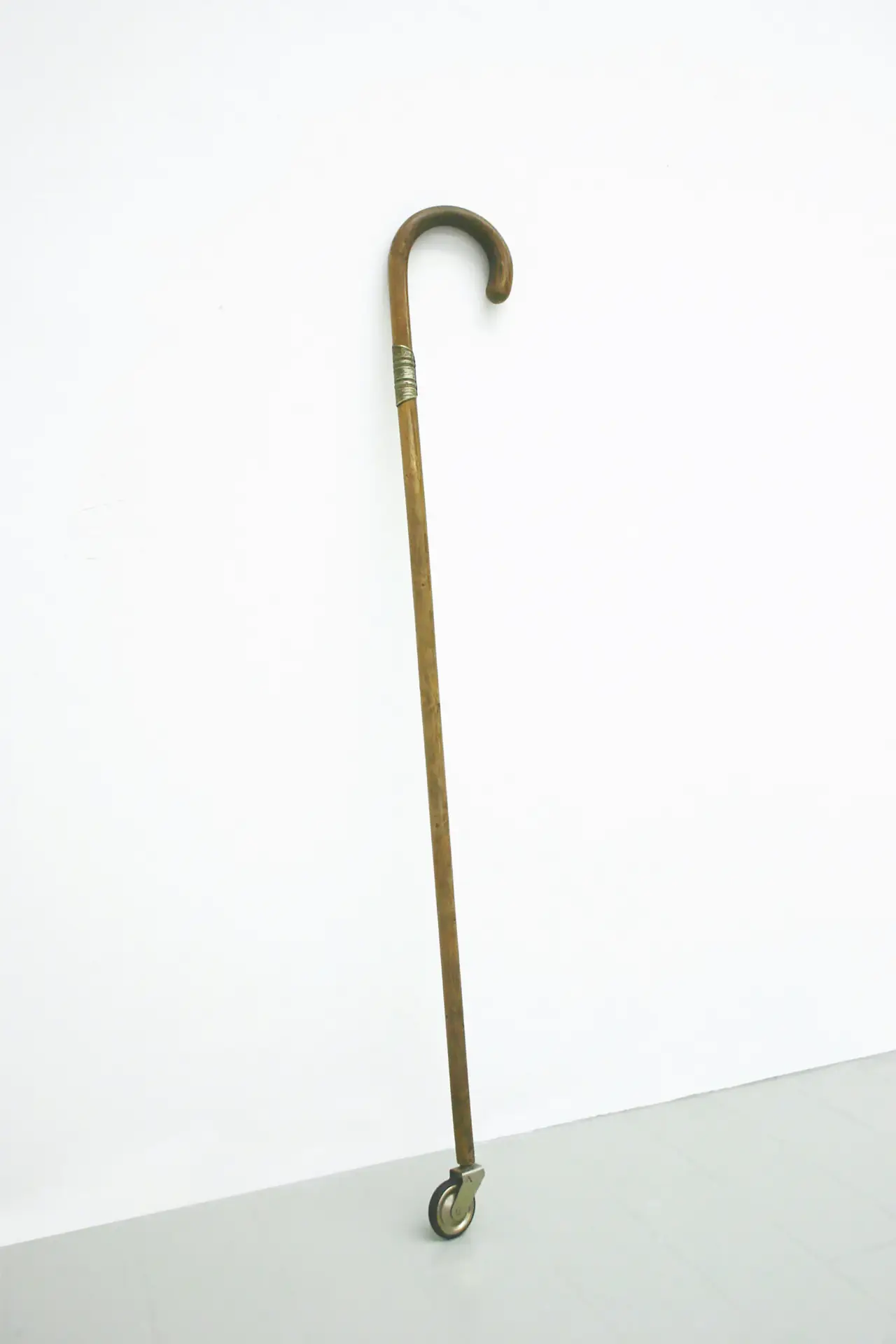
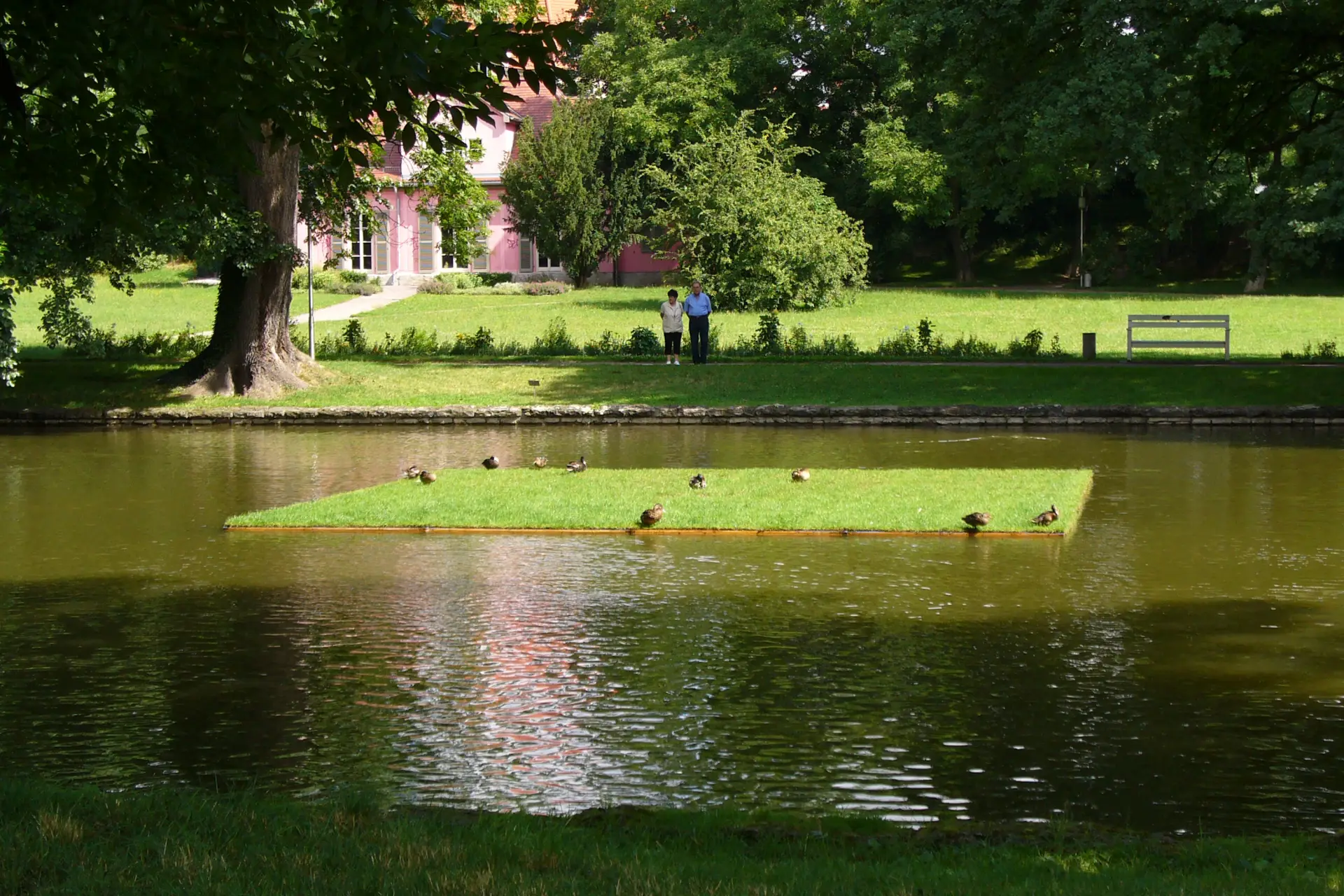
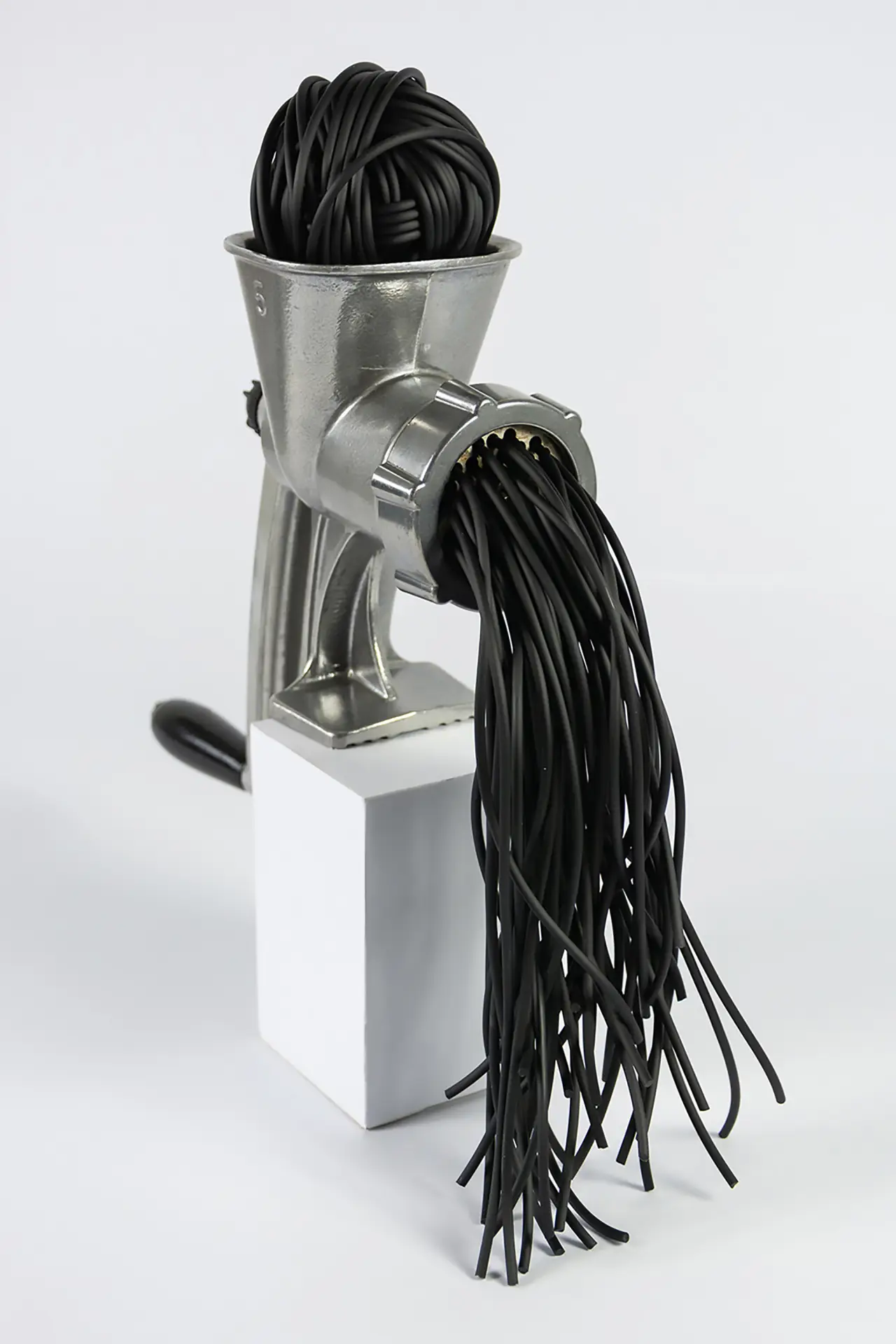
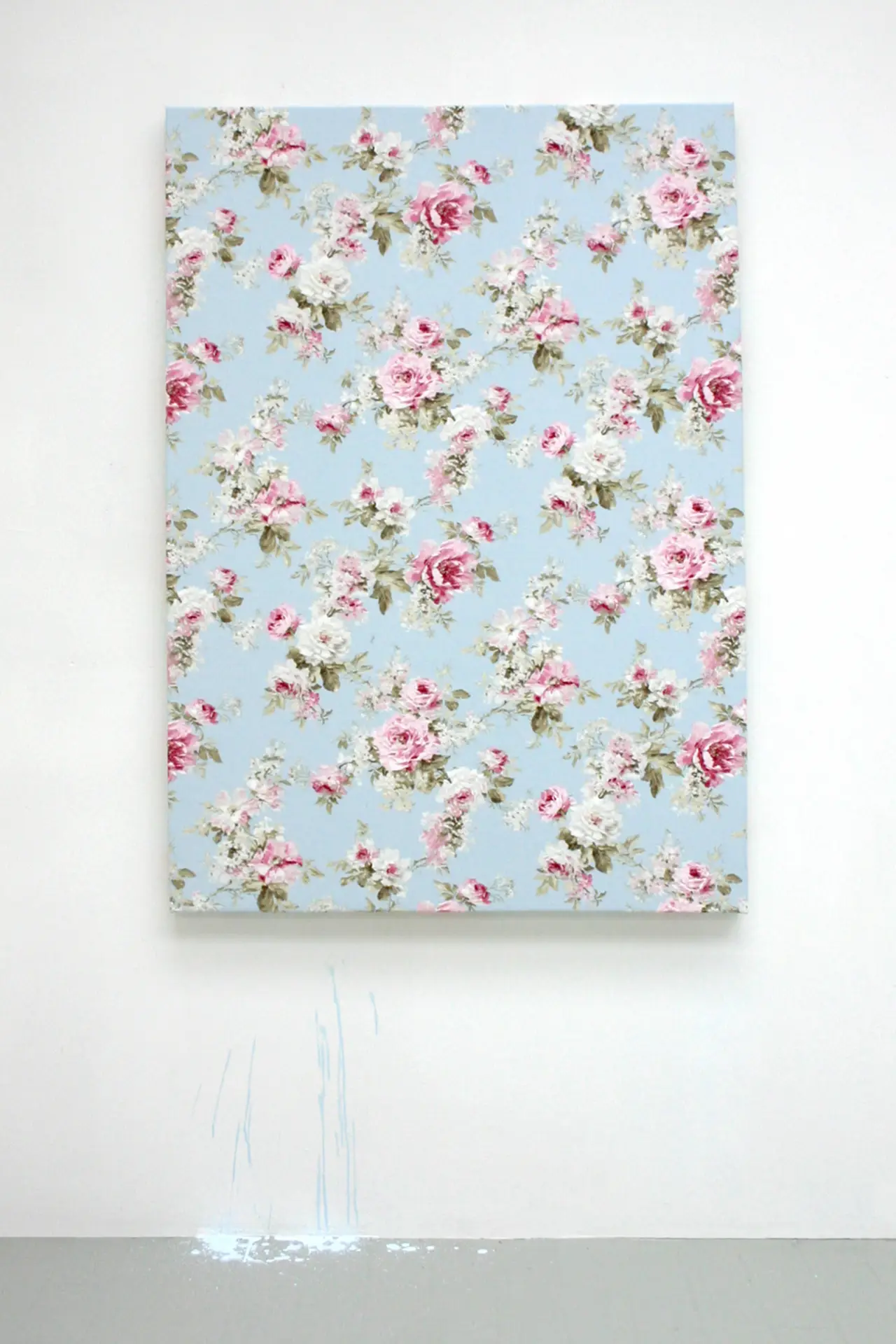
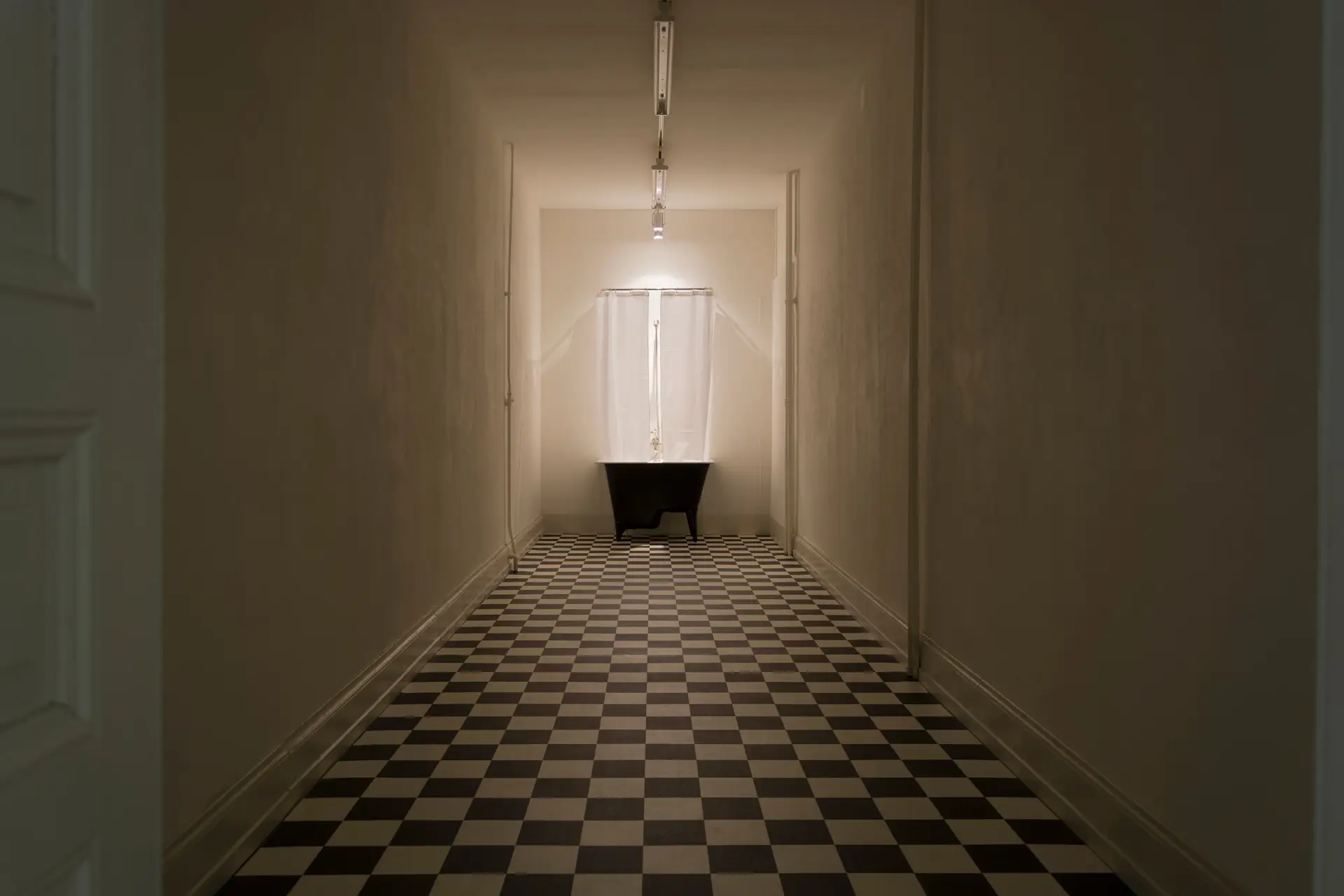
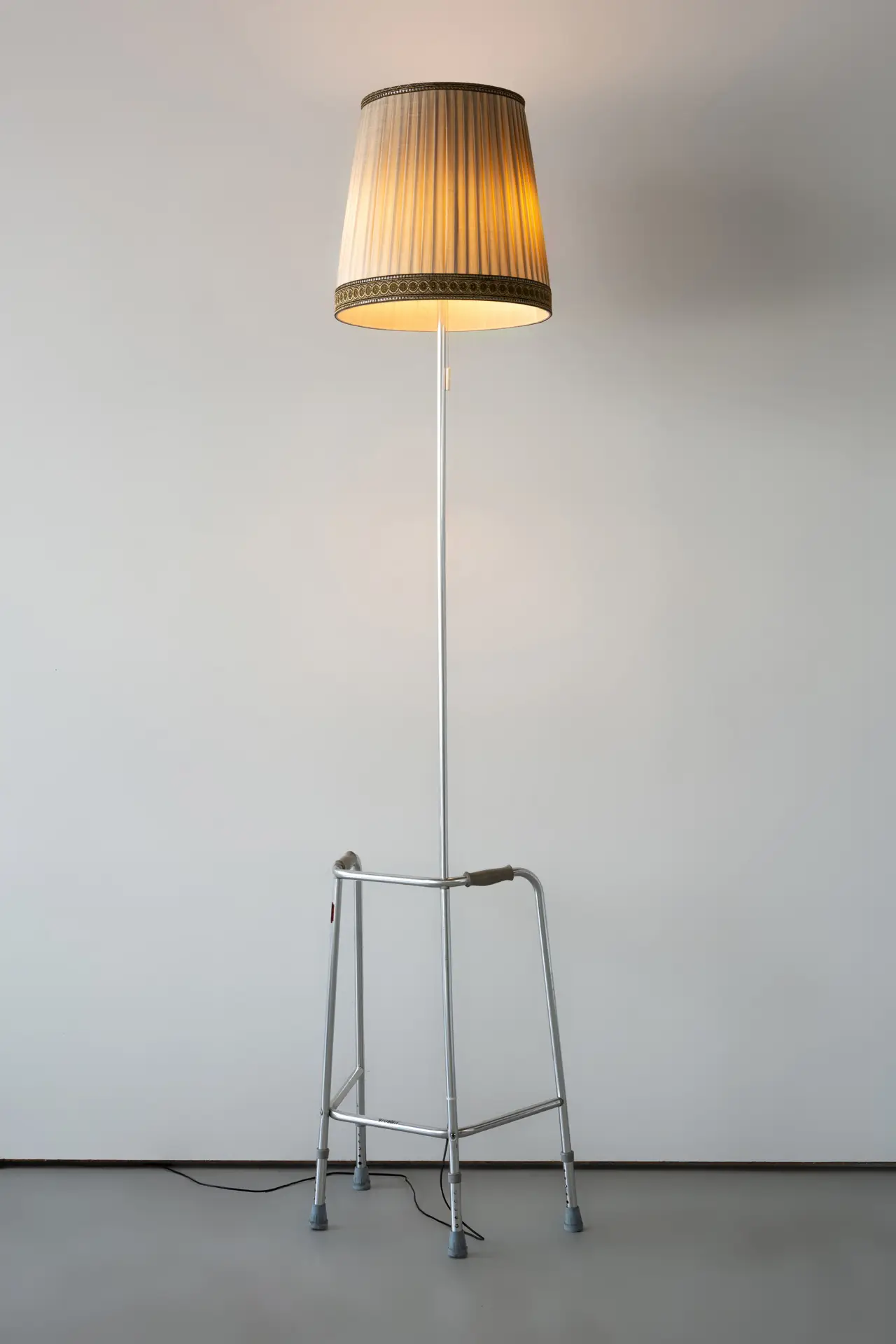
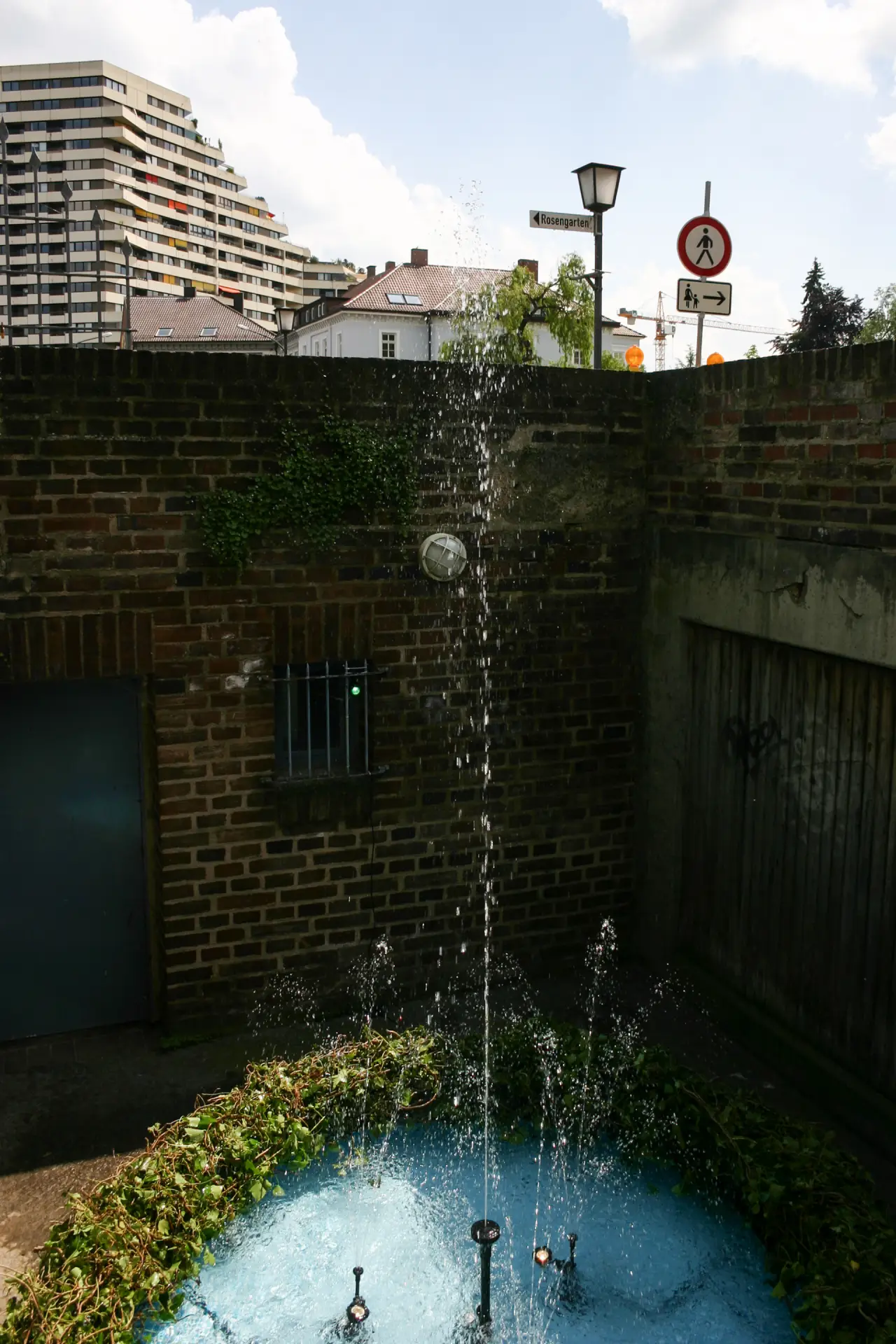
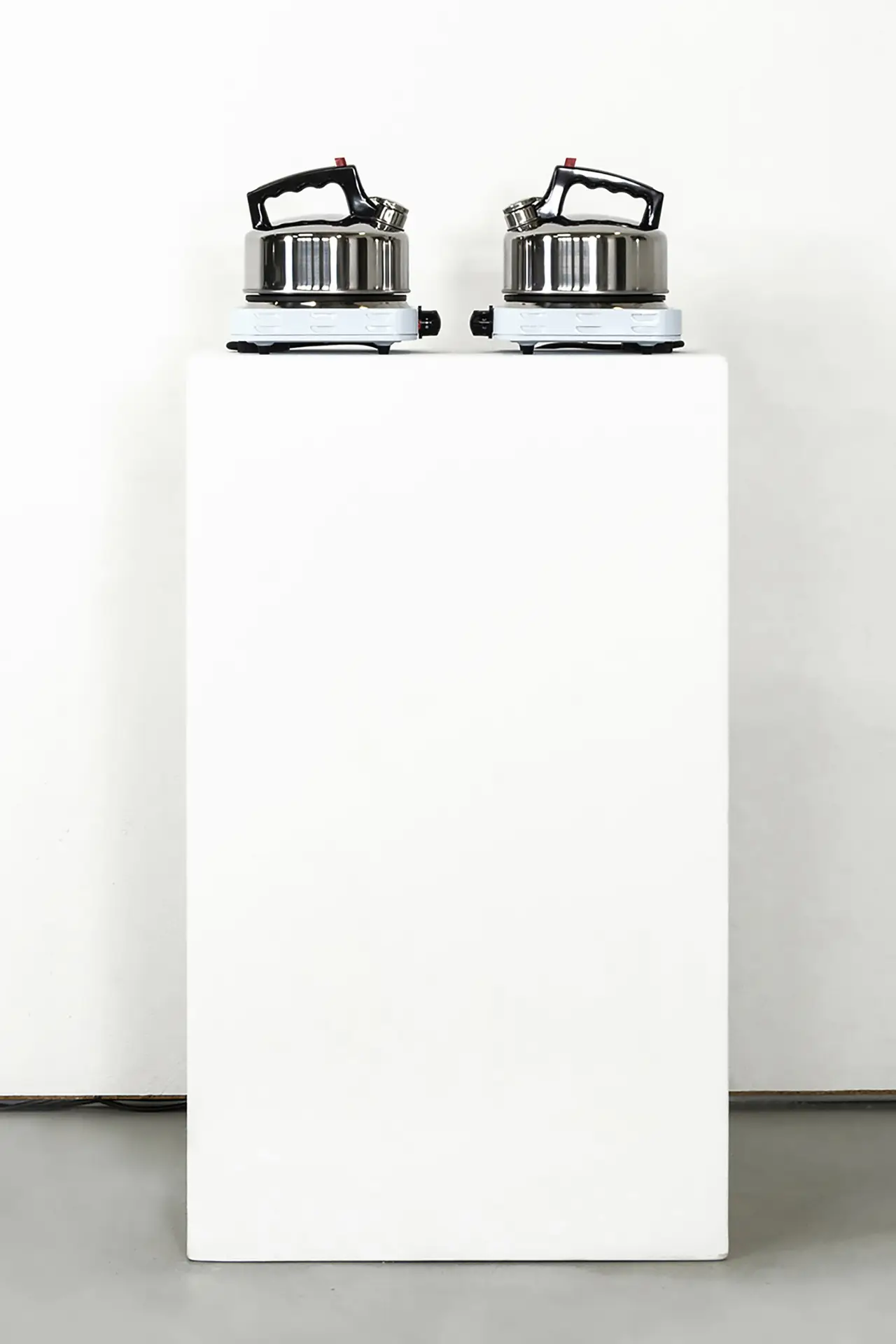
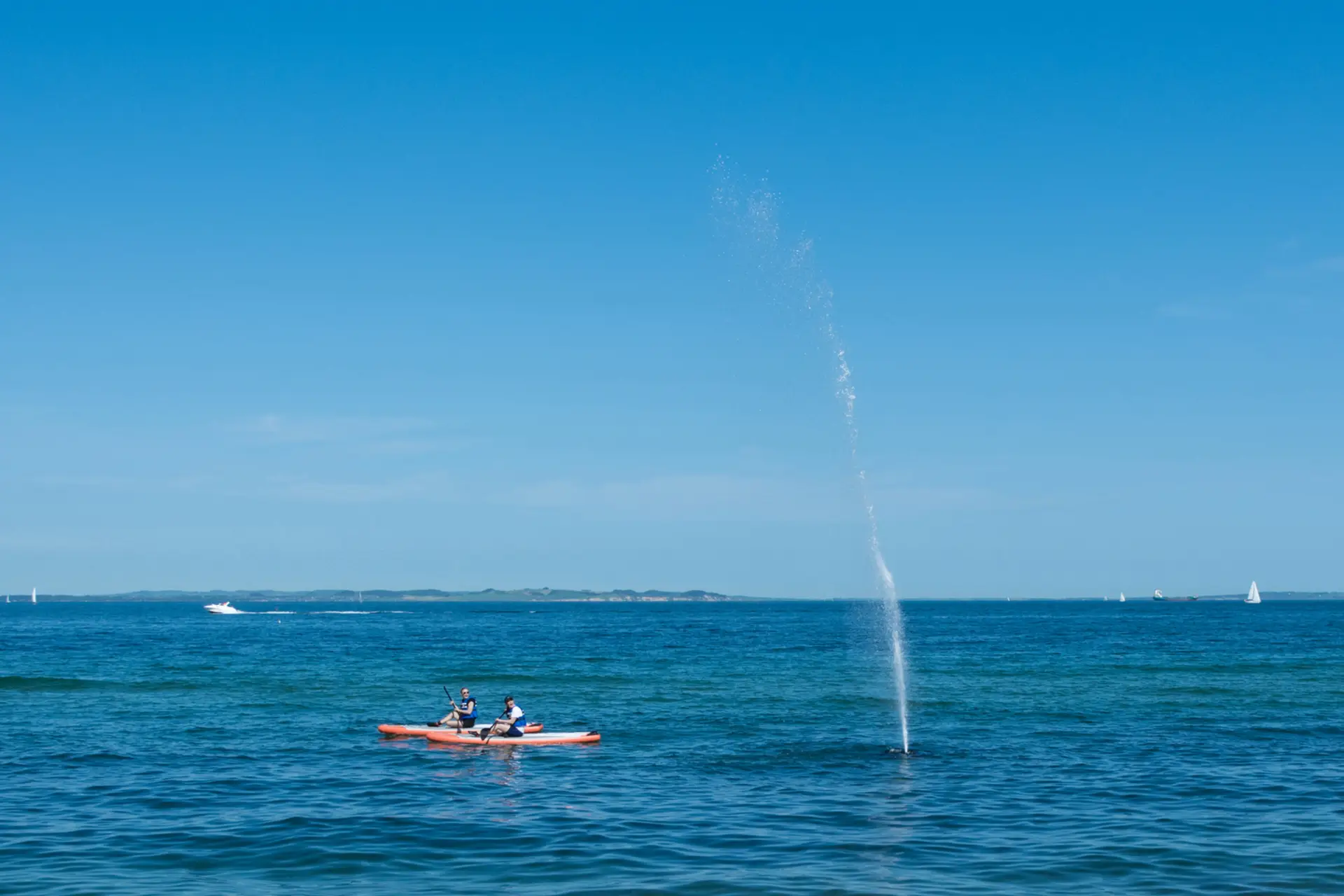
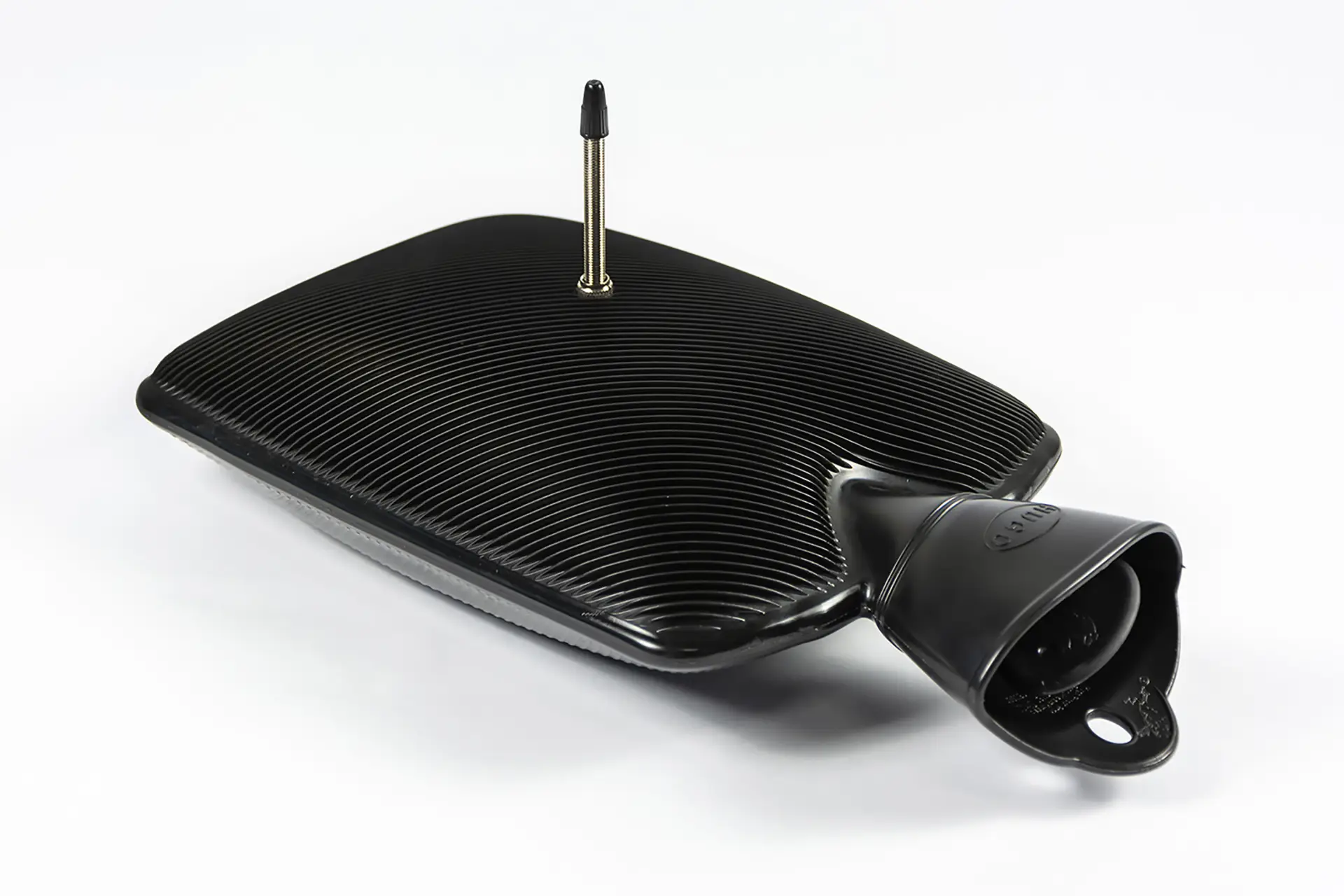
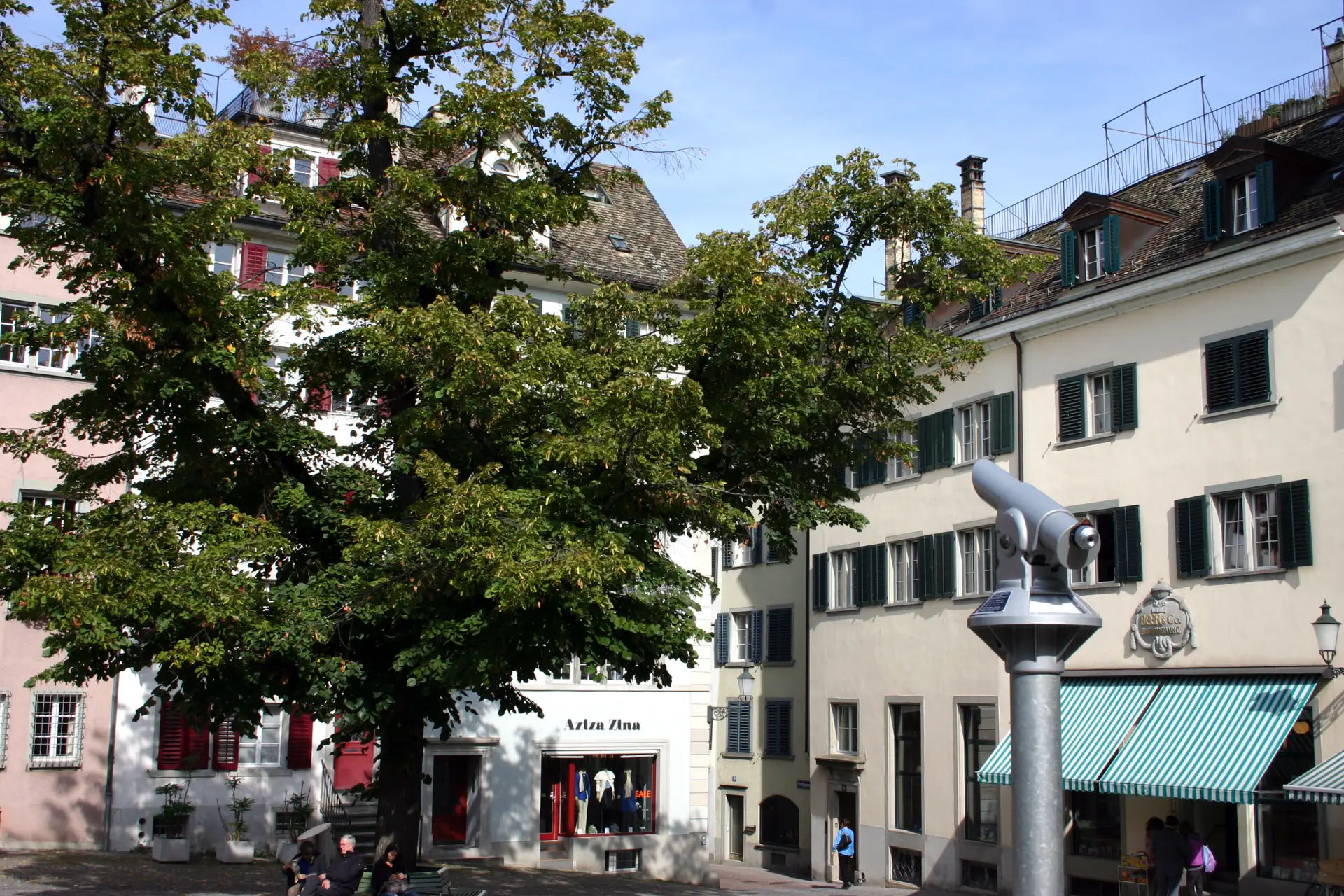
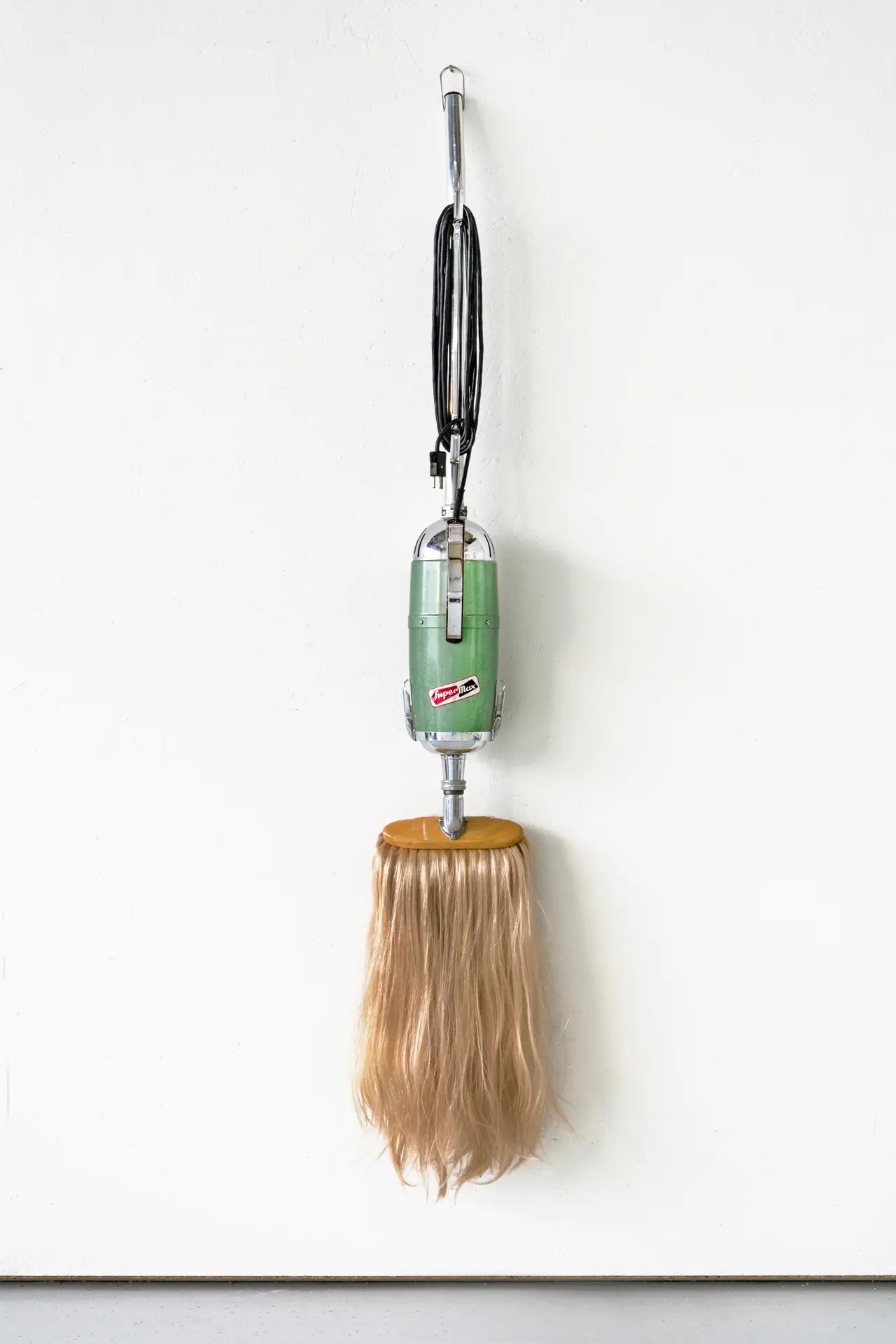
JD: In works like Do Not Call Me Painting Again!, you explore the periphery between design, mass production, and painting. How do you define the boundaries of your practice within or outside traditional media?
NV: When I first delved into painting at the outset of my artistic practice, it was essential for me to remain faithful to a specific medium—at that time, painting. From the very beginning, I was certain: I would paint. Anything else was out of the question, as I fully identified myself as a painter. Today, I follow a completely different approach. I no longer wish to limit myself to a single medium. Still, instead, I engage with themes more exploratory, seeking to discover the best means of expression to realize and visualize an idea. I deliberately set no boundaries for myself. For instance, I’ve also created video works—even though, to be honest, this medium is not one of my preferred ones. Particularly in my interventions in public space, the process often starts completely open: I don’t know at the outset which materials or techniques I’ll use. This only reveals itself as the work unfolds.
JD: To conclude, I must also add that your titles are often witty and layered. How do you view the role of titling in your practice?
NV: I believe that titles hold significance—with the correct title, an average work can truly gain depth and be cast in a new light. At the same time, I don’t always find it easy to come up with a fitting title. It’s like the artistic process itself: sometimes everything flows effortlessly and in one go, while other times, one struggles for days—or even weeks—and still doesn’t arrive at a satisfactory result. Over time, however, I’ve become more relaxed about titles. If I can’t find a suitable one, I leave it as the classic “Untitled.”
JD: What are you currently exploring in your studio, and how might your practice evolve in the near future?
NV: Recently, I’ve been feeling an increasing urge to paint again. The last major series I created—which I refer to as folded paintings—explores the theme of fabrics and draperies in art. It features crumpled surfaces or sections of curtains. I’m still uncertain whether I want to delve further into this topic or explore new directions. One thing is clear: my desire to paint is strong, and I will reach for the brush more often. How my artistic practice will evolve is hard to predict. A curator once told me, “The question isn’t whether you’re making art now, but whether you’ll still be making art in twenty years.” And yes, he was right. I know that, as long as my health allows, I will still be making art in twenty years.
For more information, please visit Nicolas Vionnet’s website here.
Cover image: Studio portrait of Nicolas Vionnet. Photo: Barbara Forlsund-Leu.
Last Updated on August 21, 2025
- Published on


